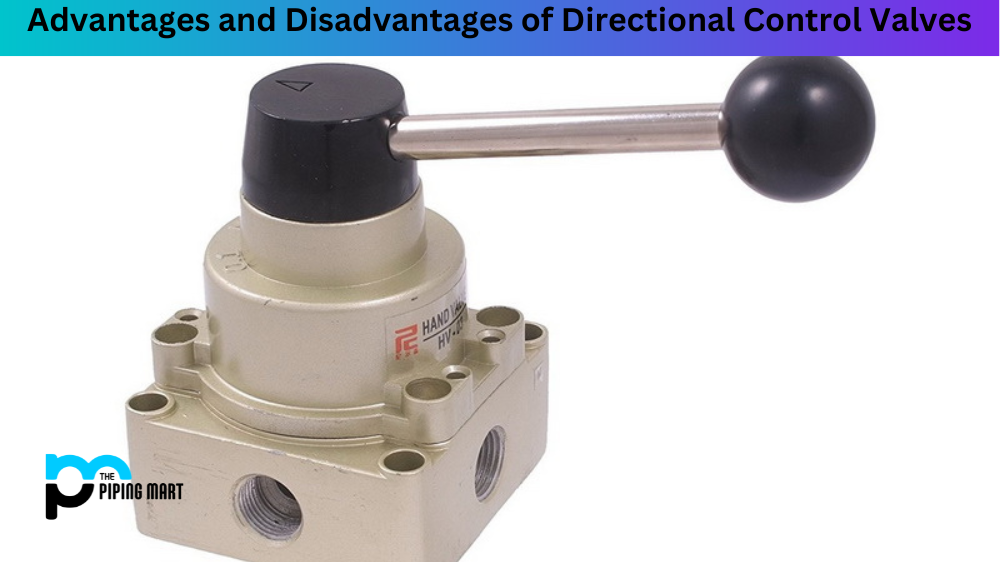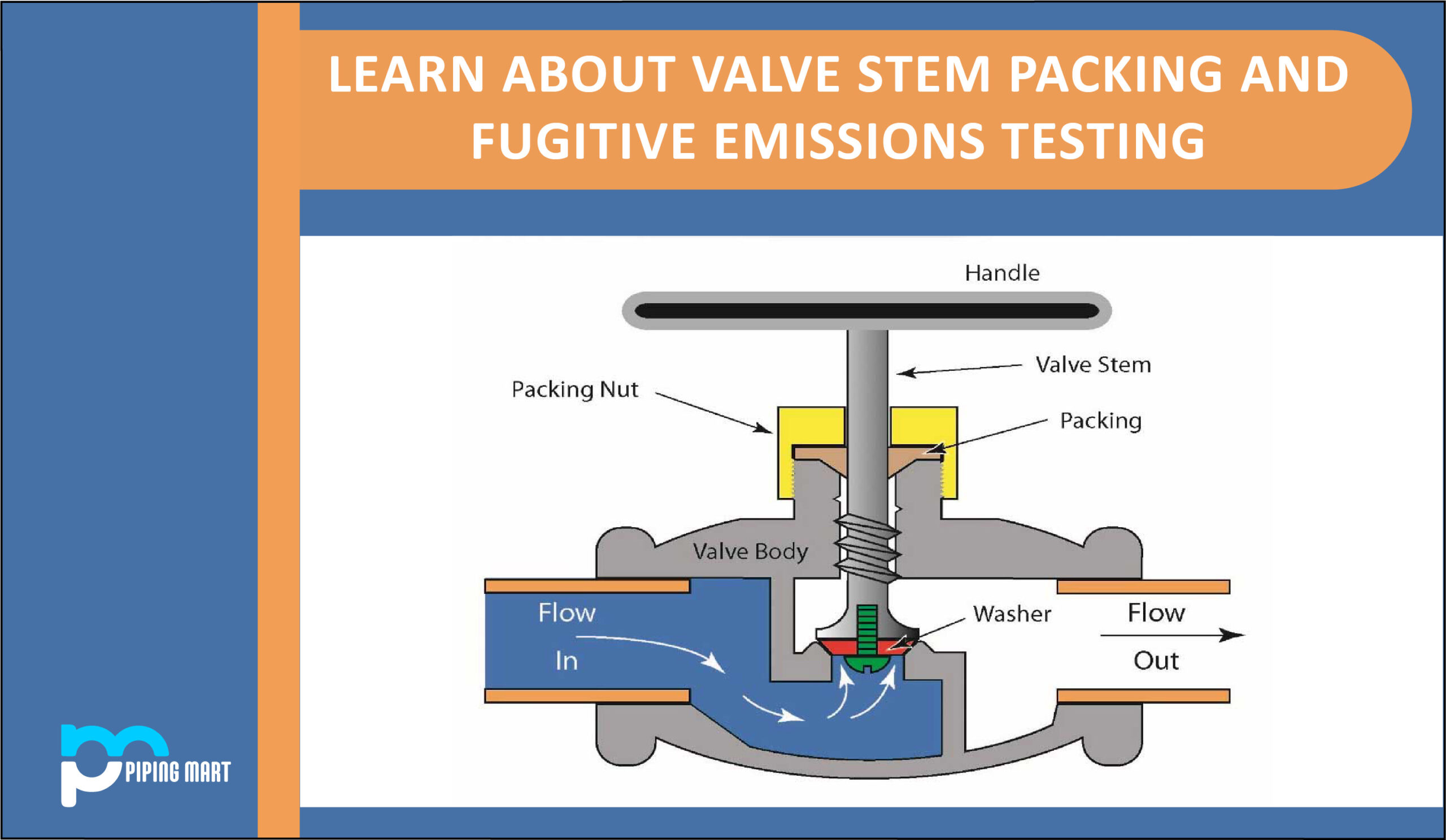Directional control valves are essential components of hydraulic systems. They are designed to control fluid flow direction in a hydraulic system. They manage the flow of hydraulic fluid, which, in turn, regulates the actuation and direction of hydraulic cylinders and motors. Directional control valves play a critical role in industrial machinery, and this blog will dive into their advantages and disadvantages.
Advantages of Directional Control Valves
One significant advantage of directional control valves is that they precisely control hydraulic systems’ flow direction, pressure, and fluid volume. This attribute is essential in applications such as aircraft landing gear, where accuracy is critical. Another pro is the ability to design customized hydraulic systems to meet specific application requirements, from flow direction to load pressure and control speed. Additionally, directional control valves are durable, have high-pressure ratings, and can maintain a steady flow even under high-pressure conditions.
- A directional control valve is a type of valve used to control fluid flow’s direction.
- Directional control valves are used in various applications, including hydraulic and pneumatic systems.
- Directional control valves can be manually or automatically operated.
- The main advantage of a directional control valve is that it allows for precise fluid flow control.
- Another advantage of a directional control valve is that it can isolate a system from fluid loss.
- Additionally, directional control valves can be used to regulate the speed of fluid flow.
- Directional control valves are also relatively simple and inexpensive to maintain.
Finally, directional control valves are available in various sizes and configurations to meet the needs of different applications.
Disadvantages of Directional Control Valves
One major drawback of directional control valves is the high initial cost and the complexity of designing and installing the valve. For instance, some valves require complicated circuitry, leading to higher installation costs. A second disadvantage is the wear and tear of valve components over time, which reduces efficiency and could cause system downtime. Further, some directional control valves may be more prone to leaks or require frequent maintenance, which adds to operational costs.
- Directional control valves are used to control the direction of fluid flow in a hydraulic system.
- One of the main disadvantages of directional control valves is that they can leak. A directional control valve can develop leaks if not properly installed or maintained. These leaks can allow hydraulic fluid to escape from the system, leading to a loss of pressure and decreased performance.
- Another disadvantage of directional control valves is that they can be expensive. Directional control valves are often one of the most expensive components in a hydraulic system.
- Directional control valves can also be difficult to install. If a directional control valve is not installed correctly, it can cause problems with the hydraulic system.
- Additionally, directional control valves can be difficult to repair if damaged. Because directional control valves are often located in hard-to-reach places, repairing them can take time and effort.
- Another disadvantage of directional control valves is that they can restrict flow. If a directional control valve is not sized correctly, it can restrict fluid flow through the system, leading to decreased performance.
- Additionally, directional control valves can cause noise in a hydraulic system. If a directional control valve is not installed correctly, it can create turbulence in the fluid, which can cause noise.
Types of Directional Control Valves
There are different types of directional control valves, each with its advantages and disadvantages. The most common types are the spool valve and the poppet valve. The spool valve is the most versatile, providing many flow path options, while the poppet valve is more robust and durable but is limited to fewer flow path options.
Applications of Directional Control Valves
Directional control valves are used in various industries, including agriculture, aviation, construction, and manufacturing. They are critical in controlling the flow of hydraulic fluid in equipment for farming, excavation, construction, and transportation. Hydraulic systems that require precise directional control are common in aviation applications, such as landing gear and flight control systems. Another application of directional control valves is in manufacturing industrial machinery, where the valves control precise flow direction and pressure in hydraulic cylinders.
Choosing the Right Directional Control Valves
Choosing the right directional control valve is essential for correctly functioning hydraulic systems. Factors such as flow rate, flow direction, pressure rating, temperature rating, and durability should be considered when selecting directional control valves. It is also vital to choose valves that fit the available workspace, meet the specific application requirements, and are compatible with other hydraulic system components.
Conclusion:
Directional control valves are essential components in hydraulic systems, providing precise control over fluid flow direction and rate in hydraulic cylinders and motors. While they offer several advantages, such as durability and accuracy, they also have drawbacks, such as high initial costs and the complexity of installation. Understanding the different types of directional control valves, applications, and factors to consider when selecting valves is essential to ensure the proper functioning of hydraulic systems. Operators must carefully evaluate their technical requirements and these valves’ compatibility and performance efficiency for optimum results.

Abhishek is a seasoned blogger and industry expert, sharing his insights and knowledge on various topics. With his research, Abhishek offers valuable insights and tips for professionals and enthusiasts. Follow him for expert advice on the latest trends and developments in the metal industry.




